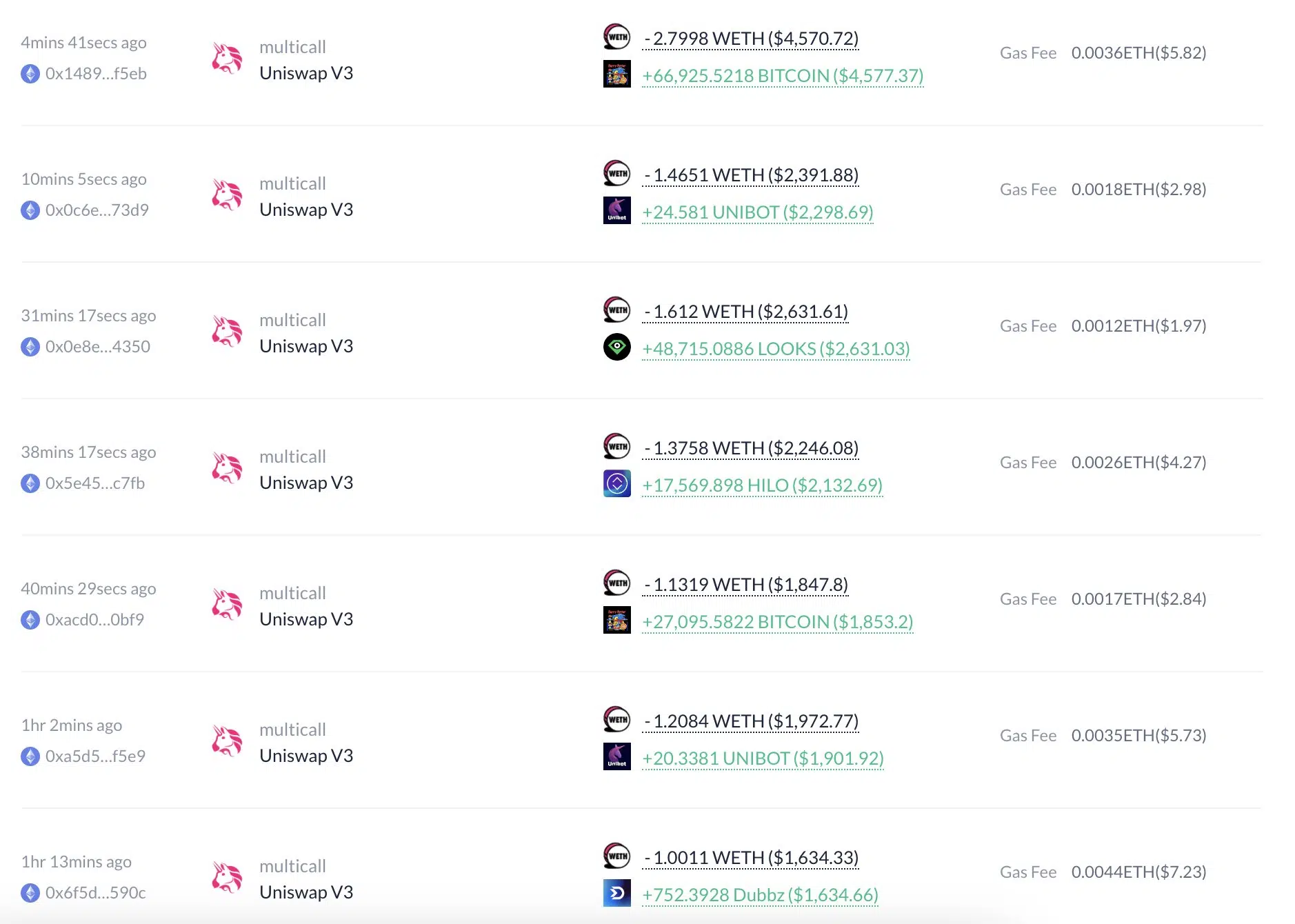A Comprehensive Guide to Understanding EUR/USD Forex Trading Signals
In understanding the foreign exchange market, or Forex, in-depth, one of the critical elements to grasp are trading signals. Specifically, in this guide, we will delve into the EUR/USD trading signals, their importance, how to read them, and effectively use these signals for your trading strategies. In essence, EUR/USD Forex trading signals serve as indicators for traders to better understand the market movements and make informed decisions. They provide insights focusing on the EUR/USD currency pair, which is the most traded pair in Forex trading. These signals indicate when to buy or sell the pair based on various market analyses and algorithms.
A Brief Overview of Forex Trading and EUR/USD
Before discussing EUR/USD Forex trading signals, it’s essential to provide a brief understanding of what Forex trading is and the significance of the EUR/USD pair.
Forex trading involves buying one currency and selling another at the same time. This mechanism is why currencies are quoted in pairs, like the EUR/USD. The EUR/USD pair represents how many US dollars (the quote currency) are needed to purchase one Euro (the base currency).
The EUR/USD pair is the most traded pair in Forex due to various factors, such as the size of the associated economies and the liquidity of those economies’ financial markets. Consequently, understanding the signals for this pair is crucial for any Forex trader.
The Importance of EUR/USD Forex Trading Signals
EUR/USD Forex trading signals provide traders with data-driven insights into potential future exchange rate levels. These signals are generated through technical, quantitative analysis using historical price data and predictive algorithms.
- Profit Maximization: By sticking to reliable trading signals, you can maximize your profits in the forex market. Trading signals can help identify new trading opportunities with substantial profit potential, even in volatile markets.
- Risk Management: Trading signals can also aid in managing risks in forex trading. By providing stop loss and take profit levels, they can help traders manage their trades and avoid significant losses.
- Time-Saving: Analyzing market trends and staying updated with global news can be time-consuming. However, using trading signals can save time by doing this analysis for you.
Types of EUR/USD Forex Trading Signals
There are several ways that traders can receive EUR/USD Forex trading signals, and each has its benefits and drawbacks. Here are some of the most common types:
- Manual vs. Automated Signals: Professionals generate manual signals based on their analysis, often part of a signals service. On the other hand, automated signals come from trading software that uses complex algorithms to determine trends and generate signals.
- Paid vs. Free Signals: Some platforms offer free trading signals but they’re generally less comprehensive than paid versions. Paid signals often offer more detailed information, including stop losses, take profits, and detailed market analysis.
- Entry vs. Exit Signals: Entry signals tell a trader when it’s a good time to open a position, while exit signals tell a trader when it’s a good time to close a position.
How to Read and Use EUR/USD Forex Trading Signals
Understanding how to read and use the provided trading signals is vital. Here are some key aspects you need to consider:
- Action: The action portion of the trading signal indicates whether the trader should buy or sell.
- Stop Loss (SL): This number represents the price at which a trader should sell a currency pair to minimize any further losses if the market moves unfavorably.
- Take Profit (TP): This is the price point where the trader wants to sell the currency pair to take a profit if the market moves favorably.
- Entry Price: This is the price at which the trader can enter the market.
- Timeframe: These indicate the validity of signals, i.e., when the given signals are accurate.
For instance, a sample trade signal could look like this:
| Action | Take Profit | Stop Loss | Entry Price | Timeframe |
|---|---|---|---|---|
| Buy | 1.1860 | 1.1750 | 1.1800 | 1 day |
In this example, the signal indicates buying EUR/USD at a rate of 1.1800, with a take profit rate set at 1.1860 and a stop loss pegged at 1.1750. The maker of this signal expects these adopted levels for the duration of a day.
Conclusion
Being successful in Forex trading entails making more accurate predictions about future price movements than those of other market participants. EUR/USD Forex trading signals provide an effective tool for gaining insights about such future price movements for arguably the most important currency pair in the Forex trading market. By understanding how to read and act on these signals, traders can significantly enhance their trading performance and profitability.
Summary of “Understanding EUR/USD Forex Trading Signals: A Comprehensive Guide”
- Forex Signals: Forex signals are suggestions for entering a trade on a currency pair, usually at a specific time and price.
- EUR/USD Forex Trading Signals: They are trading signals focusing on the Euro and US dollar currency pair – the two largest economies, making the pair highly liquid and largely affected by economic events in these regions.
- Key Concepts:
- Economic Data: Economic events such as GDP, inflation, and interest rates significantly impact the EUR/USD pair.
- Market Session: The volatility of the EUR/USD pair varies in different trading sessions due to the different economic activities happening.
- Price Chart Analysis: Technical analysis tools like price charts, moving averages, and trend lines play a vital role in understanding the performance of the EUR/USD pair.
- Reading EUR/USD Forex Trading Signals: Traders need to understand the signal’s type (buy/sell), price level, stop loss level, and take profit level.
- Types of Forex Trading Signals: Manual and automated. Manual signals generated by an experienced trader or an analyst, while automated signals are generated by algorithm based on various pre-determined parameters.
- Signal Providers: Traders can receive signals from professional signal providing services, brokers, trading software, market analysts and strategies guides.
- Risks and Rewards: Traders should be aware of the potential risks and rewards in forex trading. They should have a risk management strategy in place to safeguard their trading capital.


